NORRISTOWN, PENN. - When I walked out of Tony G’s South Philly Pub & Eatery, I was sure Philadelphia was a great golf town, and not just for the country club set.
Noticing that I was looking around the place in the furtive way an outsider always tends to out himself in a locals-favorite joint, Frank Gallo did what any good host does: he made the visitor feel welcome.
Traveling solo this trip, I had been looking to get an obligatory Philly cheesesteak in between rounds. Gallo, keeping watch over the busy Friday lunch crowd from the far end of the bar, walked down to serve it to me and strike up a conversation.
When I told him I write about golf courses and travel for a living, Gallo smiled. An avid golfer himself, he launched into a story of one of 20-plus golf trips he’s been on with local sports media legend Tony Leodora, who has enjoyed a long career in radio, television and publishing, particularly in the golf space.
Gallo, Leodora and some other like-minded souls once visited a resort in the Dominican Republic where the guest accommodations were ensconced in the native vegetation. Gallo loved the tropical golf and had gotten a kick out of the open-air design of the accommodations. We chatted a few times about the game while he made his rounds through the bar. The cheesesteak, made with sharp provolone, mushrooms and a dash of tomato sauce, was phenomenal already; this unexpected conversation made it even better.
Needless to say, any golfer should stop by Tony G’s on a Philadelphia-based golf trip and say hello to Frank. The meal anchored an ideal day of old-school golf, itself sandwiched by rounds over two affordable, accessible Donald Ross designs. It was the key moment of a trip that made me sure that Philadelphia is a great golf town, even beyond the special but largely exclusive private club scene.
Revised and expanded by Ross in 1912, LuLu Country Club is getting its groove back. The semi-private layout has reclaimed a healthy-sized membership in recent years, but still takes about 10% of its rounds from non-members. These “Member-Fore-A-Day” rates run from $50 to $78 depending on the day of the week.
LuLu both exhibits and resists the “normal” Ross style in ways that make it a unique spot. The prolific, legendary architect's strategic bunkering and at-times fearsome green complexes are all there, but certain quirky aspects of the site give it a different feel than the Ross courses you may be familiar with. For example, the short par-3 4th hole plays over an old quarry to a dramatic pedestal green that is unusually flat for one found on a Ross course. It looks intimidating, but it's actually one of the better birdie opportunities on the course.
Later on, a field of mounds – rocks extracted and then buried during construction – runs between the fairways of the par-4 8th and 11th holes. The former of these also plays downhill to a semi-blind Punchbowl green, which is a feature that one might expect to find on a Raynor course, not necessarily a Ross. This old-school quirk makes LuLu a Philadelphia must-play.
(Note: Be advised that the club has an eye toward going fully private once again in the coming years. If you're thinking of visiting LuLu, best to do it sooner rather than later. A new clubhouse to replace one consumed by fire in 2015 is set to open this summer.)
The other great Donald Ross option in greater Philadelphia is open to all: the town-owned Jeffersonville Golf Club. Costing just $32 to walk on a weekday, going up to $62 to walk or ride on a weekend, it embodies solid, sophisticated affordable local golf.
Design-wise, Jeffersonville is in league with several of Philadelphia’s exclusive private clubs, offering a wonderful mix of holes from the outset. A majestic long uphill par four doglegs to the left away from the house, the shortish downhill two-shot 2nd plays over a creek, the drivable 3rd drifts back up a ridge and the short par-3 4th features a skinny green ensconced between fescue-covered mounds and bunkers. It’s as good a four-hole start as I’ve seen in municipal golf. With the exception of a hole or two, the course remains faithful to Ross’ design, thanks to a long-term Master Plan by Ron Prichard. Recent improvements include attractive clusters of dogleg-protecting bunkers and selective green expansion on several holes. It may not be a flashy, high-end course, but Jeffersonville’s overseers’ respect for their course is evident everywhere. Play it multiple times if you can.
The rest of my trip to the Philadelphia area took me to an eclectic mix of other courses. Upon arrival, I teed it up at the private ACE Club, a Gary Player/Warren Henderson design opened in 2003 on the former site of a Rees Jones course.
The ACE Club is a bit unusual because it was conceived as a private club with a corporate focus, particularly a place for members to entertain business clients, both in small groups and large outings.
The course fits its original purpose splendidly. Splayed out across a large, rolling property and lorded over by a stately clubhouse with massive windows, it impresses from the opening look. Wide fairways, large greens and big white bunkers are the order of the day, making the golfer feel catered-to and important while also making him or her feel a bit dwarfed. Holes like the downhill par-3 14th speak to the scale of the course. It is a clear counterpoint to the older, more intimate private clubs that Philadelphia is better known for.
Also located on the property is the Chubb Hotel and Conference Center, whose website indicates the potential to facilitate tee times at the course. If you find yourself staying on-site and able to play, unaccompanied guest fees are $185, not including mandatory forecaddie fees.
Of the pure publics, the best was Raven’s Claw Golf Club, located in the heart of Montgomery County in Pottstown. This week, the course hosts the Symetra Tour’s Valley Forge Invitational, looking to build on a successful inaugural edition last year.
Though it’s a modern (2005) course, “Raven’s Claw was designed following the classic Philadelphia style of golf course architecture,” said architect Ed Shearon III. Citing courses like the George Thomas-designed Whitemarsh Valley Country Club and the William Flynn-designed Manufacturers Golf & Country Club, Shearon made the most of site challenged by several ravines and wetlands, not to mention a surrounding housing development. Overall, Raven’s Claw is a success because of its particularly strong fairway bunkering, which rewards strategic play at practically every turn. Thankfully, the corridors are wide enough to accommodate the housing without making the golfer feel cramped.
Determined to get some local flavor, one morning I ventured up into the rural town of Barto, home of Butter Valley Golf Port.
What the heck is a “Golf Port,” you ask? It’s a golf course that is also an airport. Yes - between the 10th and 15th holes runs a skinny asphalt airstrip that accommodates small propeller planes.
Don’t go to Butter Valley expecting world-class architecture. Instead, appreciate the idiosyncratic lay-of-the-land layout fashioned in 1969 by the late John B. Gehman, now overseen by son John L. and grandson Josh, who serves as the superintendent of the nicely-kept course whose property has been in the family since 1792. In the early days, it was a dry course, but beer is allowed these days. I was told that its founder, a strict Mennonite, used to confront those who snuck alcohol onto the course with a pitchfork.
Butter Valley’s charm is in its atmosphere. The pro shop is located in the upstairs portion of an old barn, where I checked in while an old grey cat named Caddie dozed on the counter. Mike, who was minding the shop, told me that in addition to a round of golf, patrons have been known fly their planes in for a hot dog at the Runway Grill before being on their way again.
Green fees at Butter Valley top out at just $50, but it’s the twilight family golf special that stands out: parents and kids who come out after 6:00 pm to walk or ride up to 9 holes pay just $20. Not $20 each - $20 for a foursome of two adults and two kids, and the course will provide golf clubs and golf balls for beginners if desired. It’s not a convoluted, marketing-heavy “grow the game” initiative – it’s just inexpensive, inclusive golf, plain and simple.
Intertwined with the course, Butter Valley is also home to a distinguished disc golf routing of 18 “holes” that ramble over the exterior of the hilly property. Competitive groups regularly hold tournaments there, and the “course” is actually one of the only such places where players can use carts to get around.
Before flying back south, I was treated to yet more genuine Philadelphia hospitality. One morning, two members of the Friends of Cobbs Creek – co-founder Dr. Joe Bausch and Friends website architect and PGA Magazine digital editor Matt Frey – donned their rain suits and led me around one of the most exciting potential municipal course reclamation projects in the country, despite some miserably cold and wet weather.
Cobbs Creek Golf Course dates back to 1916 and a City of Philadelphia amenity that shows the all-too-familiar signs of decades of benign neglect: shrunken greens, clumsy rerouting over the years and overgrowth of trees. The course, designed by Hugh Wilson (architect of Merion’s famed East Course), meanders along its namesake body of water before climbing to higher ground where lies a stretch of golf that has the potential to be some of the best available to the public anywhere.
Contemporary master Gil Hanse has offered to lend his services to a Cobbs Creek renovation that would elevate it to the top tier of American city golf (including professional tournament-hosting possibilities). The issue is money, which the Friends of Cobbs Creek are aiming to raise in support of an ambitious, transformative plan. With greater awareness and the right benefactors, Cobbs Creek could take American municipal golf to new heights, truly putting Philadelphia on the map as a known golf destination. Still, if and when that happens, like a Tony G’s cheesesteak, it should retain its local character.
(Note: Montgomery County and the Valley Forge area has a deep roster of affordable public golf. I could return and play a completely different slate of nice-looking courses. The county promotes its golf and has a handy list here.)


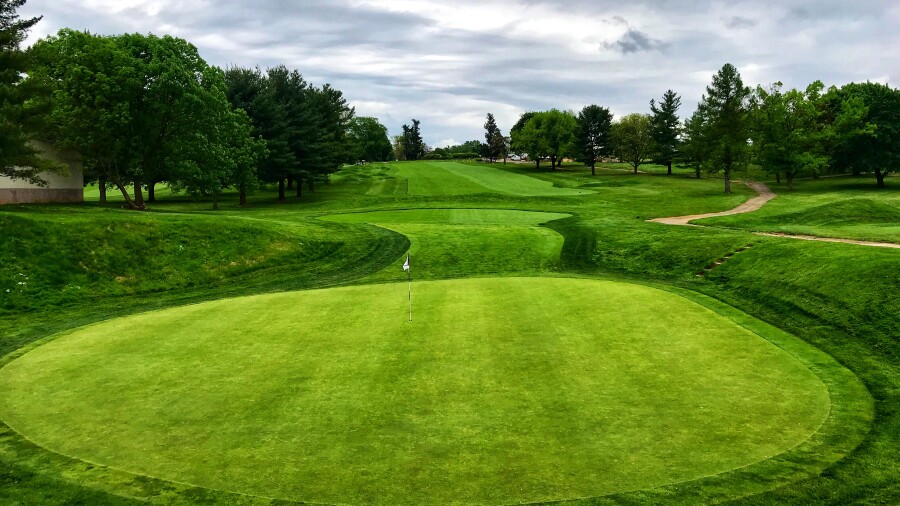
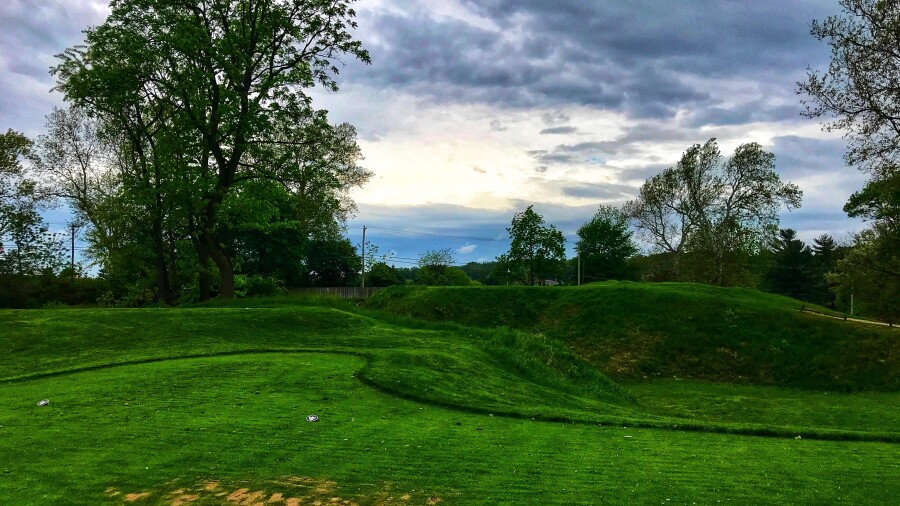
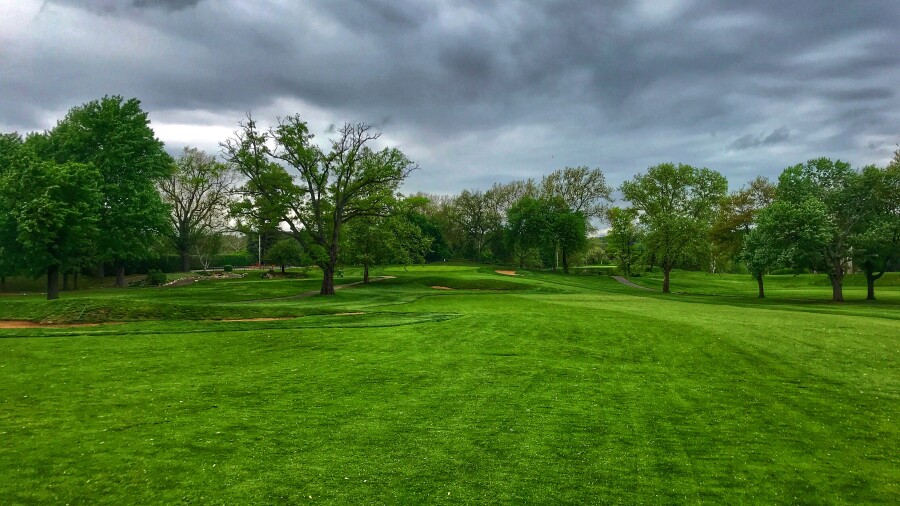






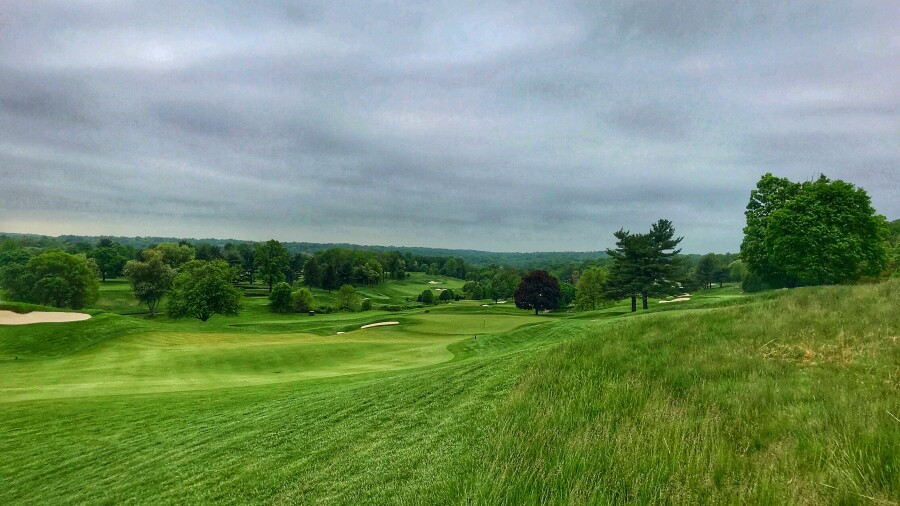
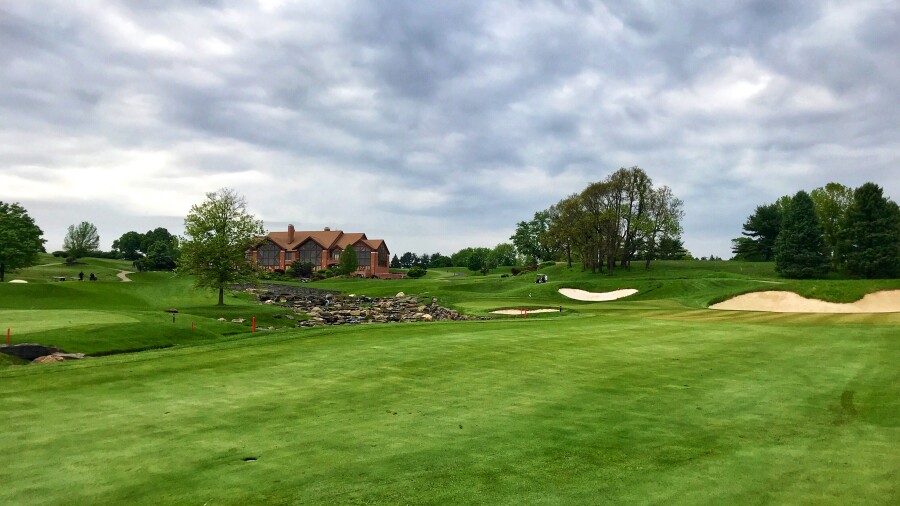

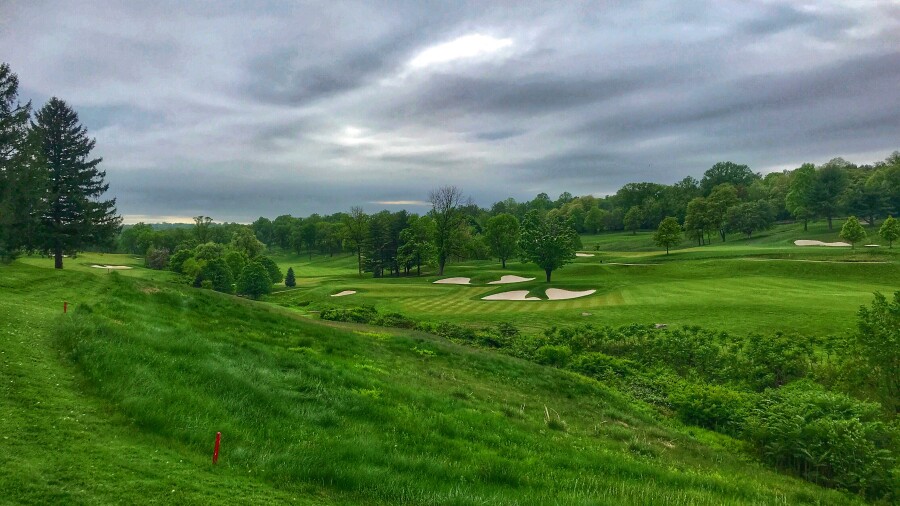
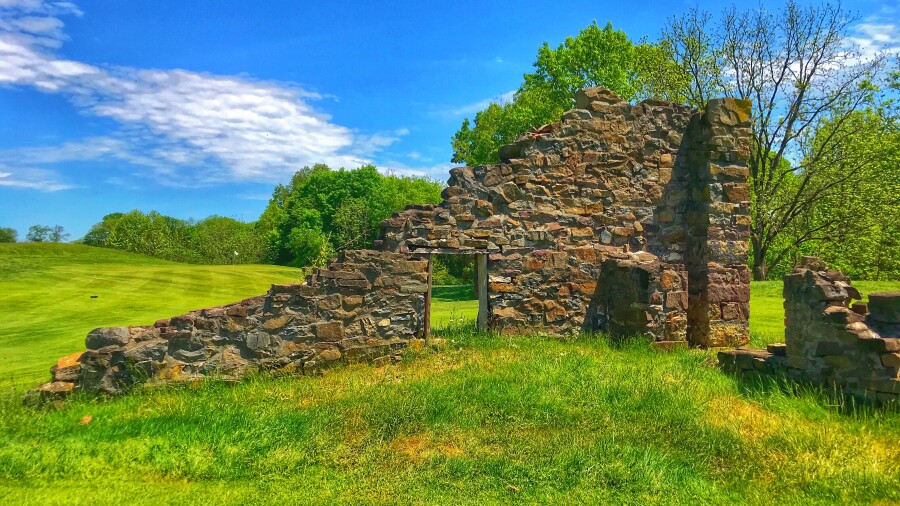
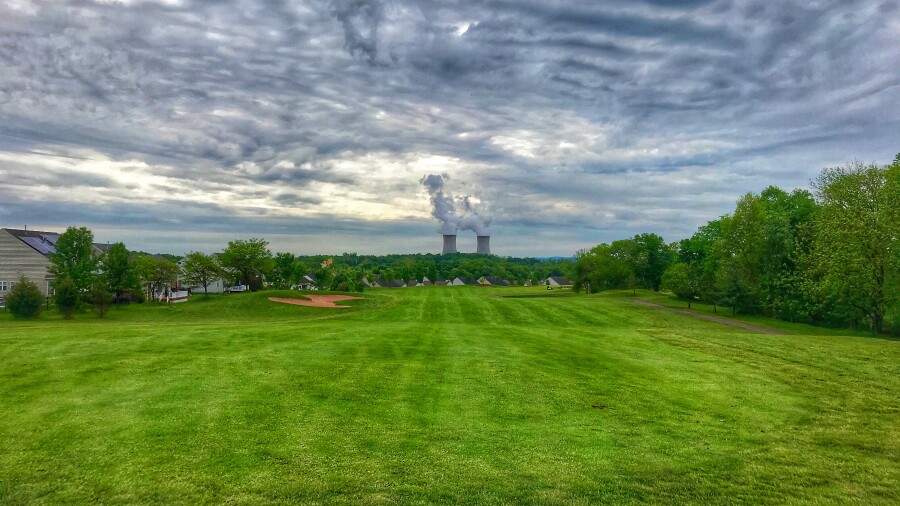




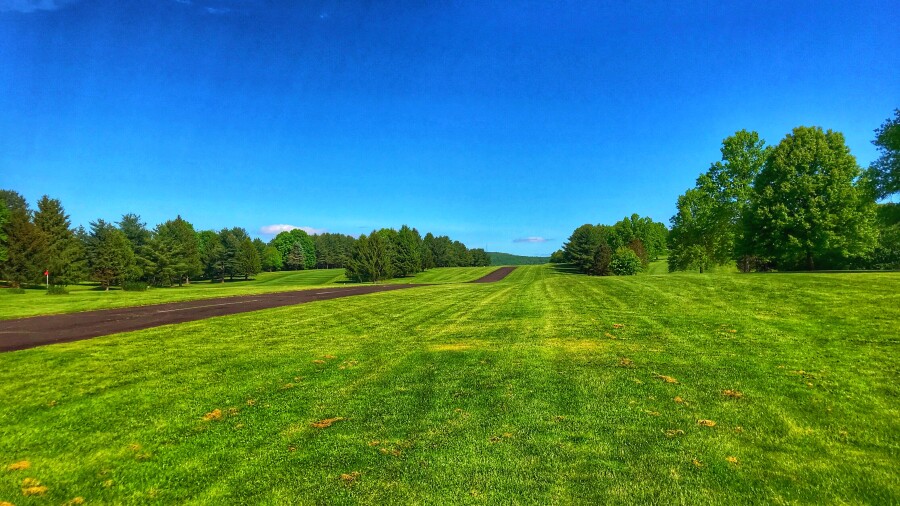

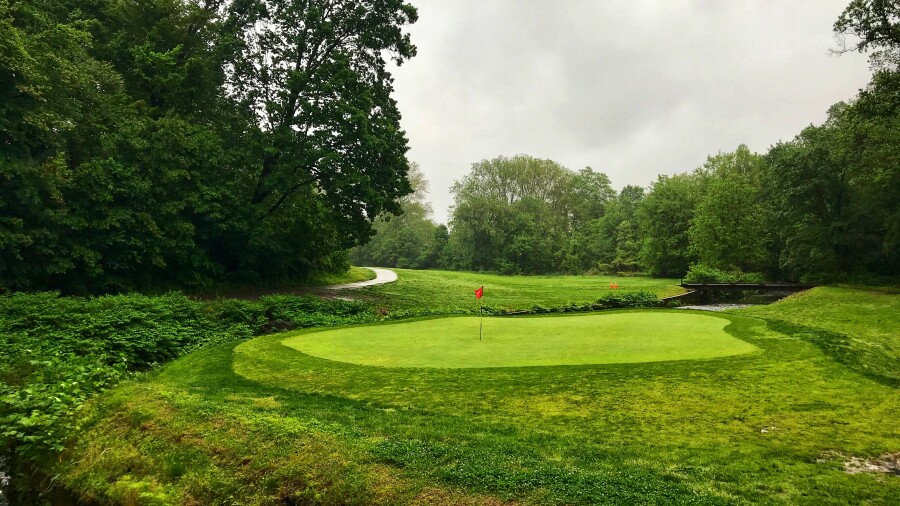
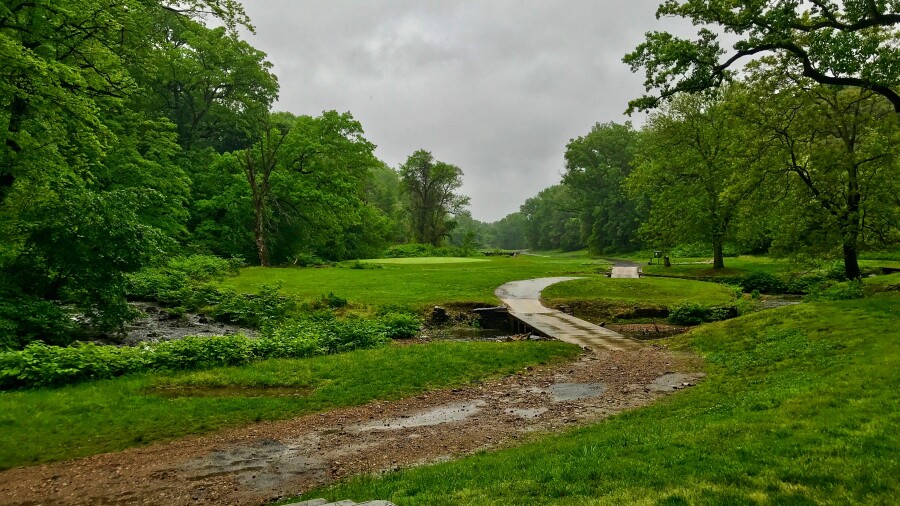
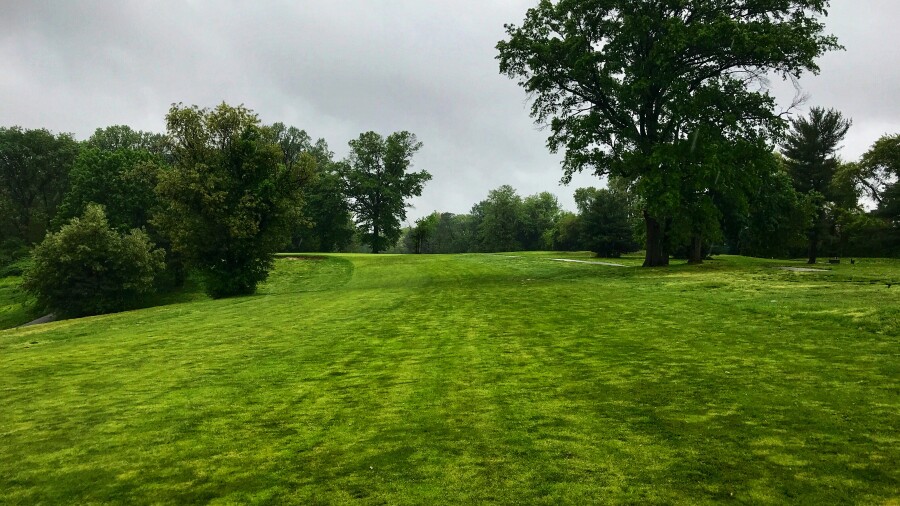
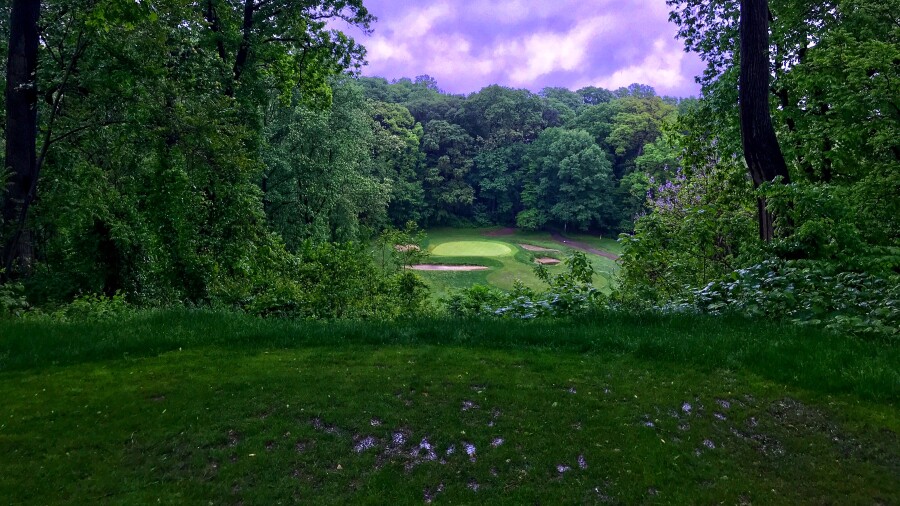
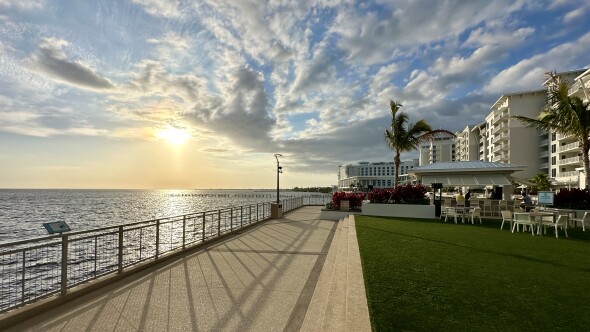









The next time you are in the Philly area, check out Melrose Golf Club in Cheltenham Township, Montgomery County. The once private country club, just a block out of the city, is now a public course. It is a great little course designed by Alistair McKenzie with help from Perry Maxwell. Melrose is a delightful, little gem that is not real long but is quite challenging. It has some of the best Par3 holes in the Philadelphia area, #8 and #17 in particular. Certainly worth a try and not too expensive.
Bucks County isn't loaded with courses but Makefield HIghlands tops the list and Five Ponds is close behind. The area out around Raven's Claw in Montgomery County has a number of good golf courses. And it's not much further to classic Reading Country Club. Indeed the area around Philadelphia in all directions is rich in very good golf courses.
Two words: Glen Mills
This is the best public access layout in Southeast Pennsylvania.
Harry, I like Glen Mills very much, having played it a couple years ago. Is the course doing alright since the school was closed?
You missed the best three public courses in Philadelphia. Broad Run Wyncote and Glen Mills!
Well. No. He only missed two of the three. Broad Run is awful.
How can you honestly say Broad Run is awful?
Ken, I'm aware I have more to see in Philly eventually. Wyncote is somewhere I've heard of, and I've played Glen Mills and like it very much. Will it survive the closure of the Glen Mills Schools? I've heard of Broad Run as well, and there are a handful of other courses I'd like to see when next in town.
Hi Tim,
Nice overview of some Philly gems.
On one hand, its great to see a write up of two fun Ross courses, Lulu and Jeffersonville. I try to play them whenever I am down in that area.
On the other hand I kind of liked knowing about these two fun tracks that most did not know of. You really have to play both of these more than once to start to figure out the best way to play them.
Hi Tim,
Enjoyed the article, and coverage of local courses. Nice write-up on Butter Valley. My son and I enjoyed the round.
John
Tim,
Great article! It was a pleasure playing with you doing your round at LuLu.
Likewise, Eric! Thanks for joining me and enjoy LuLu!
As a Philadelphia native I urge you to play two courses in the suburbs: Wyncote and Glen Mills. Wyncote is my personal favorite and was designed by Brian Ault. Glen Mills was designed by Bobby Weed.
I'd like to check out Wyncote next time I'm in the area. I played Glen Mills a few years ago and enjoyed it, but I heard its future is in doubt after the Glen Mills Schools closed in the wake of that revelatory Inquirer story.
Two words:
Paxon Hollow. 6000 yards of pure delight on a great site.